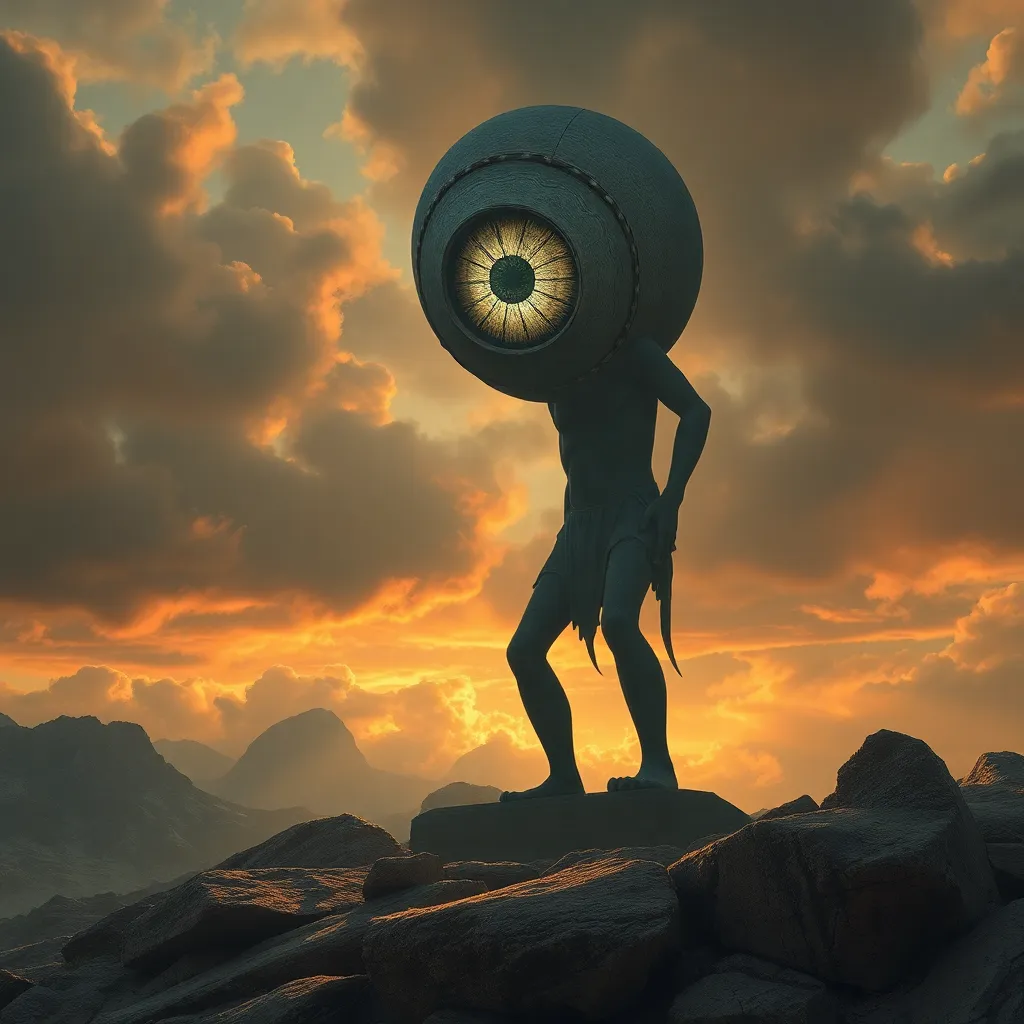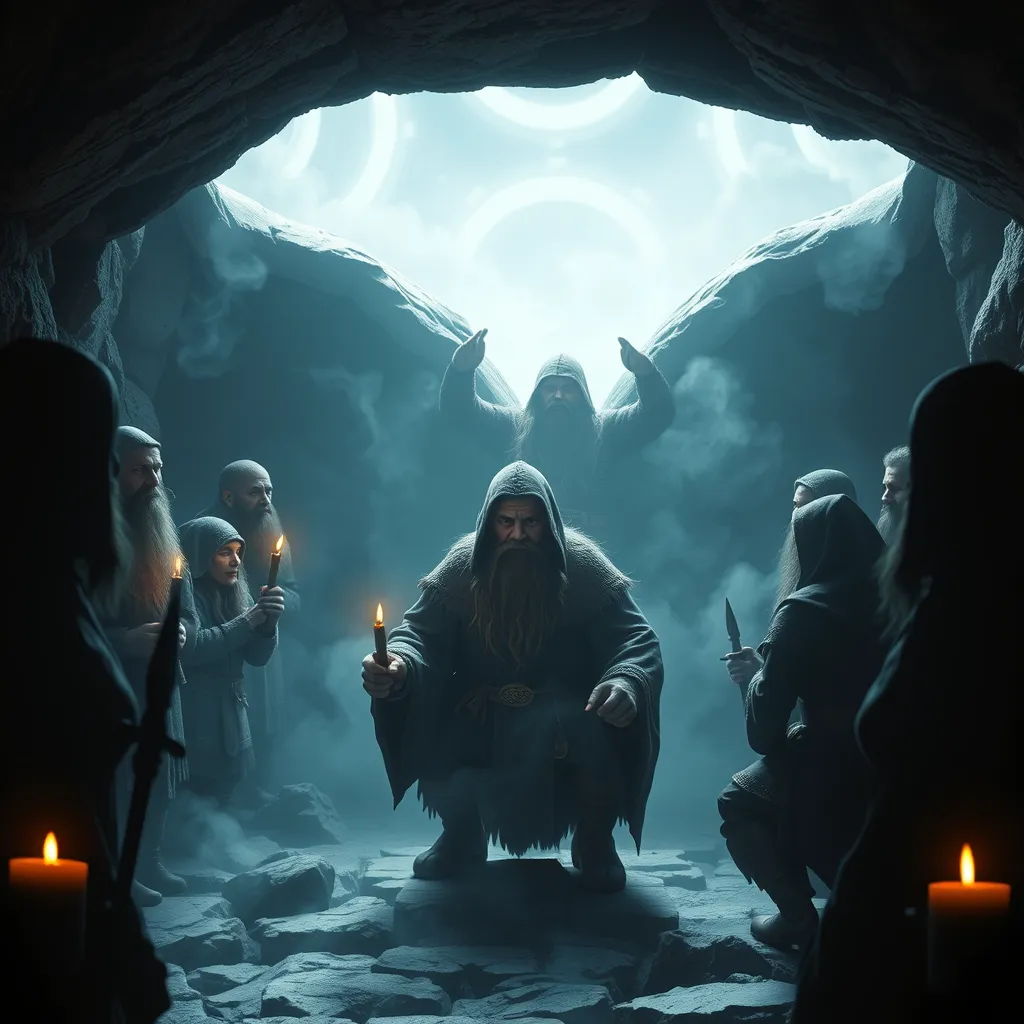The Everlasting Allure of Dragons: A Global Mythological Journey
Dragons, with their serpentine bodies, powerful wings, and fiery breath, have captivated the human imagination for centuries. These mythical creatures appear in countless cultures worldwide, from the ancient civilizations of Asia to the medieval legends of Europe. Throughout history, dragons have been portrayed as both fearsome beasts and benevolent guardians, their presence forever entwined with themes of power, magic, and the unknown. Their enduring presence in mythology and folklore speaks to the profound impact they have had on human storytelling and cultural understanding.
Unveiling the Dragon: A Multifaceted and Powerful Symbol
The dragon is a symbol of immense complexity, embodying a wide range of contrasting ideas and emotions. Their immense size and strength often represent raw power and untamed nature, while their ability to fly and breathe fire suggests a connection to the divine and the supernatural. In some cultures, dragons embody wisdom and knowledge, acting as protectors of secrets and guardians of hidden treasures. In others, they symbolize chaos and destruction, representing the destructive forces of nature and the untamed elements. The dragon’s multifaceted nature allows it to serve as a powerful symbol in a variety of contexts, reflecting the intricate and often contradictory nature of the human experience.
From the East: Dragons in Asian Mythology and Folklore
In East Asian cultures, dragons are seen as auspicious creatures, often associated with good fortune, prosperity, and power. In Chinese mythology, dragons are believed to be the rulers of the heavens, bringing rain and fertility to the land. The Long, as they are known in China, are often depicted as serpentine beings with four legs, claws, a beard, and a pair of horns, symbolizing the balance of yin and yang. In Japan, dragons are known as Tatsu and are often associated with water, playing a key role in the development of Japanese folklore and art. Similar to their Chinese counterparts, they are depicted as powerful beings that bring prosperity and good luck.
Western Dragons: Fearsome Guardians and Keepers of Treasure
In Western cultures, dragons are often portrayed as fearsome and destructive creatures, guardians of ancient treasures and formidable enemies of heroes. European legends often depict dragons as winged reptilian beasts with scales, claws, and a ferocious hunger for gold. From the fiery dragon Smaug in J.R.R. Tolkien’s *The Hobbit* to the terrifying dragon guarding the Golden Fleece in Greek mythology, these formidable creatures represent the dangers and challenges that face heroes in their quests. In Christian mythology, the dragon is often associated with the Devil, representing evil and temptation. Despite their often menacing depiction, western dragons also hold a certain allure, representing the untamed power of nature and the challenges that lie beyond the known world.
The Dragon in European Literature: From Beowulf to Tolkien
The dragon’s presence in European literature is as rich and diverse as the myths and legends from which it arose. From the epic poem *Beowulf*, where the hero faces a fearsome dragon guarding a hoard of treasure, to the dragon Smaug in Tolkien’s *The Hobbit*, dragons have played pivotal roles in shaping the narratives of some of the most enduring works of literature. In Arthurian legends, the dragon represents a powerful force to be overcome, symbolizing the challenges faced by King Arthur and his knights. These literary depictions have solidified the dragon’s place in Western culture, adding depth and complexity to their symbolic significance.
Dragons in Celtic Myths: Legends of Fire and Magic
Celtic mythology is rich with dragon legends, often depicting these creatures as powerful beings connected to the elements of fire and magic. In Welsh mythology, the red dragon is a powerful symbol of the nation, representing strength, courage, and wisdom. The Welsh dragon, known as Y Ddraig Goch, appears in the legend of King Arthur, where it battles a white dragon symbolizing the Saxons. In Irish folklore, dragons are often associated with the Tuatha De Danann, the mythical gods of ancient Ireland. They are believed to have brought magic and power to the land, representing the ancient wisdom and spiritual power of the Celts. These Celtic dragon legends highlight the importance of these creatures in shaping Celtic mythology and culture.
The Dragon’s Lair: Exploring the Geography of Legendary Dragons
Across the globe, specific locations have become synonymous with legendary dragons, imbued with folklore and tales that have been passed down through generations. From the misty mountains of Wales to the volcanic peaks of Iceland, these landscapes inspire a sense of awe and wonder, fueling the imagination and fostering the enduring presence of dragons in our collective consciousness.
For example, the Welsh mountains, with their rugged peaks and secluded valleys, have long been associated with dragons. The legend of the red dragon, a protector of Wales, is said to have originated in the Snowdonia National Park, where myths of fiery winged creatures guarding ancient treasures have been told for centuries.
In Iceland, volcanic landscapes, characterized by hot springs, geysers, and towering mountains, provide a perfect backdrop for dragon legends. The myths of Iceland’s dragons often involve these fiery creatures emerging from the depths of the earth, their fiery breath a reflection of the volcanic activity that shapes the island’s dramatic landscape.
These landscapes, imbued with tales of dragons, contribute to the enduring allure of these magnificent creatures, making them more than just mythical beasts, but symbols of the power and wonder of the natural world.
The Dragon’s Lair: Real Locations Inspired by Myth
Many real-world locations have become linked to dragon legends, their unique features and geographical characteristics inspiring the tales that have been passed down for centuries. These places offer a tangible connection to the world of myths and legends, allowing us to explore the ancient stories that have shaped our understanding of these magnificent creatures.
**The Drachenfels**, a mountain peak in Germany, is named after the German word for dragon, “Drache.” The mountain’s impressive silhouette, rising above the Rhine River, has fueled legends of fire-breathing dragons guarding the surrounding lands.
**The Loch Ness Monster**, while often depicted as a plesiosaur, also holds a connection to dragon mythology. The Loch, a deep and mysterious body of water in Scotland, has been the subject of numerous legends, with many associating the creature with a dragon-like being dwelling in its depths.
These real-world locations, inspired by dragon legends, provide a tangible connection to the mythical world, reminding us of the power of folklore and the enduring influence of these magnificent creatures on our collective imagination.
Theories Behind Dragon Legends: Historical Encounters or Imaginary Beasts?
The origins of dragon legends have been the subject of much speculation and debate. Some believe that these tales are rooted in historical encounters with real animals, such as dinosaurs or large reptiles. The discovery of dinosaur fossils, particularly those of predatory theropods, has fueled speculation that these creatures may have inspired ancient tales of dragons. Others suggest that dragon legends arose from encounters with large snakes or lizards, with their size and ferocity exaggerated through storytelling.
However, it’s also possible that dragon legends originated purely from the human imagination, fueled by a fascination with the unknown and the power of storytelling. These tales may have served to explain natural phenomena, such as volcanoes, lightning strikes, or the power of the sea, while also reflecting human anxieties about the unknown and the forces of nature.
Ultimately, the truth behind dragon legends may lie somewhere between historical encounters and imaginative storytelling, with each culture weaving its own unique interpretations into the tapestry of dragon mythology.
The Enduring Legacy of the Dragon: A Timeless Symbol of Power and Mystery
Dragons continue to captivate the human imagination, appearing in modern literature, film, and video games, demonstrating their enduring presence in our collective consciousness. Their timeless appeal lies in their ability to represent both the power and mystery of the natural world, and the vastness of human imagination. Dragons symbolize our fascination with the unknown, the untamed forces of nature, and the enduring power of storytelling.
From the ancient myths of Asia to the medieval legends of Europe, dragons have woven their way into the fabric of human culture, inspiring generations with their strength, wisdom, and enigmatic nature.
## Frequently Asked Questions (FAQs)
**Q: Are there any real-life animals that might have inspired dragon legends?**
A: Some believe that dinosaurs or large reptiles, such as the Komodo dragon, could have inspired dragon stories. Others suggest that encounters with large snakes or lizards, such as pythons, could have fueled these myths.
**Q: What is the difference between Eastern and Western dragons?**
A: Eastern dragons, such as the Chinese Long, are often seen as benevolent creatures associated with good fortune and prosperity. Western dragons, on the other hand, are often depicted as fearsome beasts guarding treasures or representing evil.
**Q: Where can I learn more about dragon legends?**
A: Libraries and museums offer a wealth of information on dragon legends. You can also explore online resources, such as academic journals and websites dedicated to mythology and folklore.



